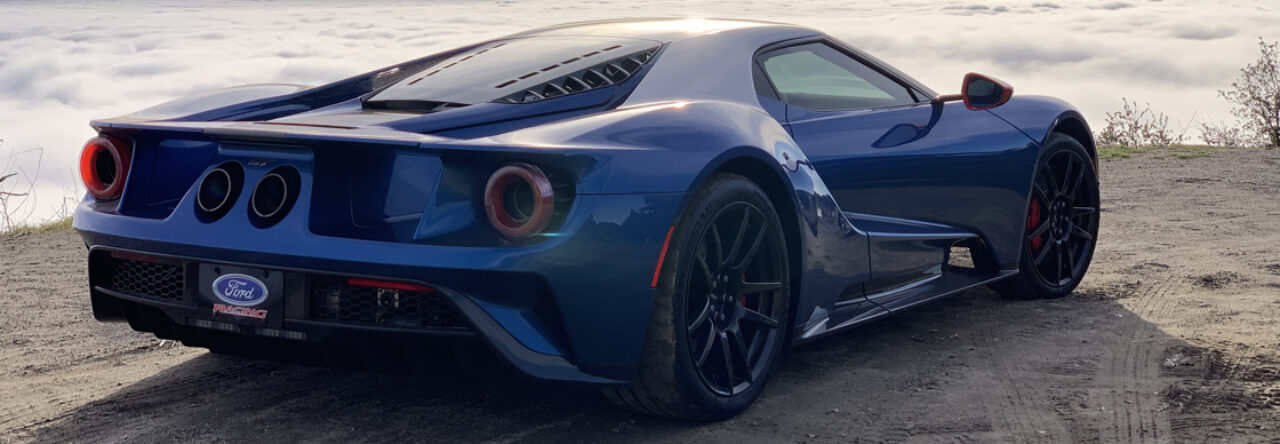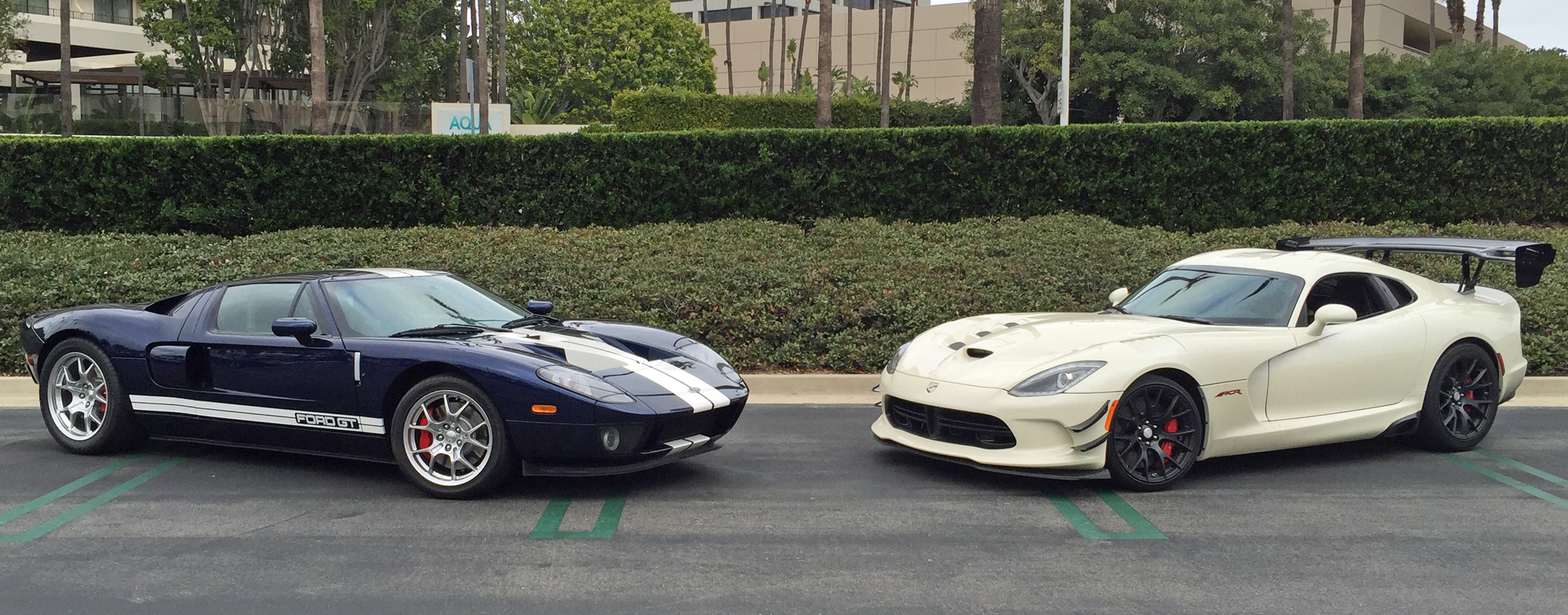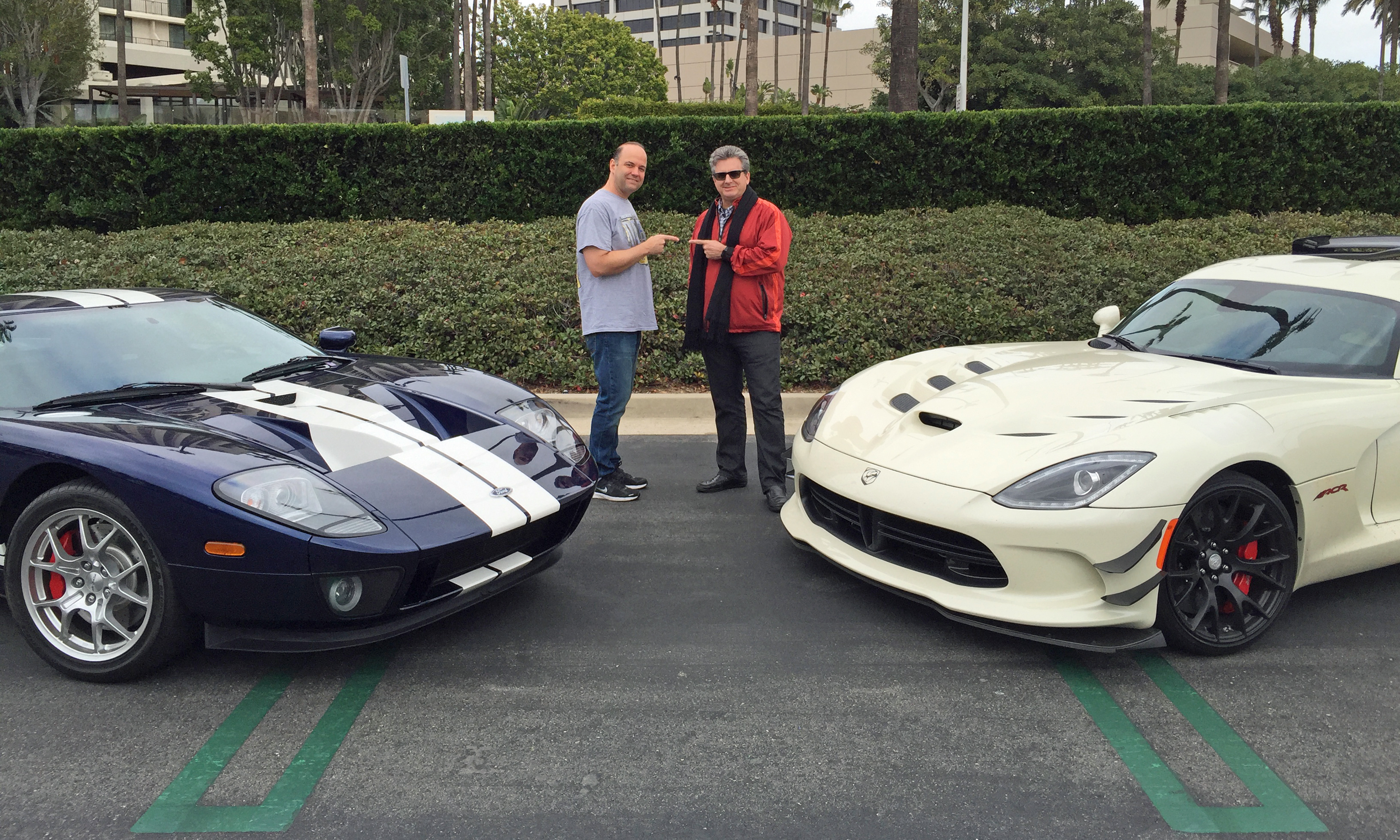The automotive journalist community is full of car guys, and many of them express their passion by buying special interest or enthusiast models. I’ve been doing this for over 20 years, with my Ford GT representing the latest in a long line of performance cars I’ve purchased, starting with a 1969 Plymouth GTX before I had my driver’s license.
One of my friends and colleagues, Alan Taylor, purchased a 2016 Dodge Viper ACR to express his passion for performance vehicles. Alan hosts “The Drive with Alan Taylor” and has been in the car business for over 30 years. After Alan purchased his Dodge Viper ACR we met to compare rides. Alan let me drive his Viper, and I was prepared to let him drive my Ford GT, but he politely declined. “I can’t relax when I drive other people’s cars.”
Of course I felt the same way driving his 645 horsepower Dodge, but I did exercise the Viper just enough to confirm it remains the same torque monster it’s been since the first model debuted in 1992. Sadly, Dodge Viper production ended in 2016 after struggling to find buyers for several years. With the level of performance offered by Dodge’s own Hellcats and Redeyes, not to mention less expensive sports cars like the Chevrolet Corvette Z06, it’s tough to justify the Viper’s combination of high price and low refinement.
Ironically, for some enthusiasts (including Alan), the car’s raw nature is exactly what makes it so compelling. That group appears to be shrinking right now, but I’m confident our future of ever-smaller turbocharged engines will eventually have people looking back on big-displacement engines, like the Dodge Viper ACR’s 8.4-liter V10 torque factory, with envy.


